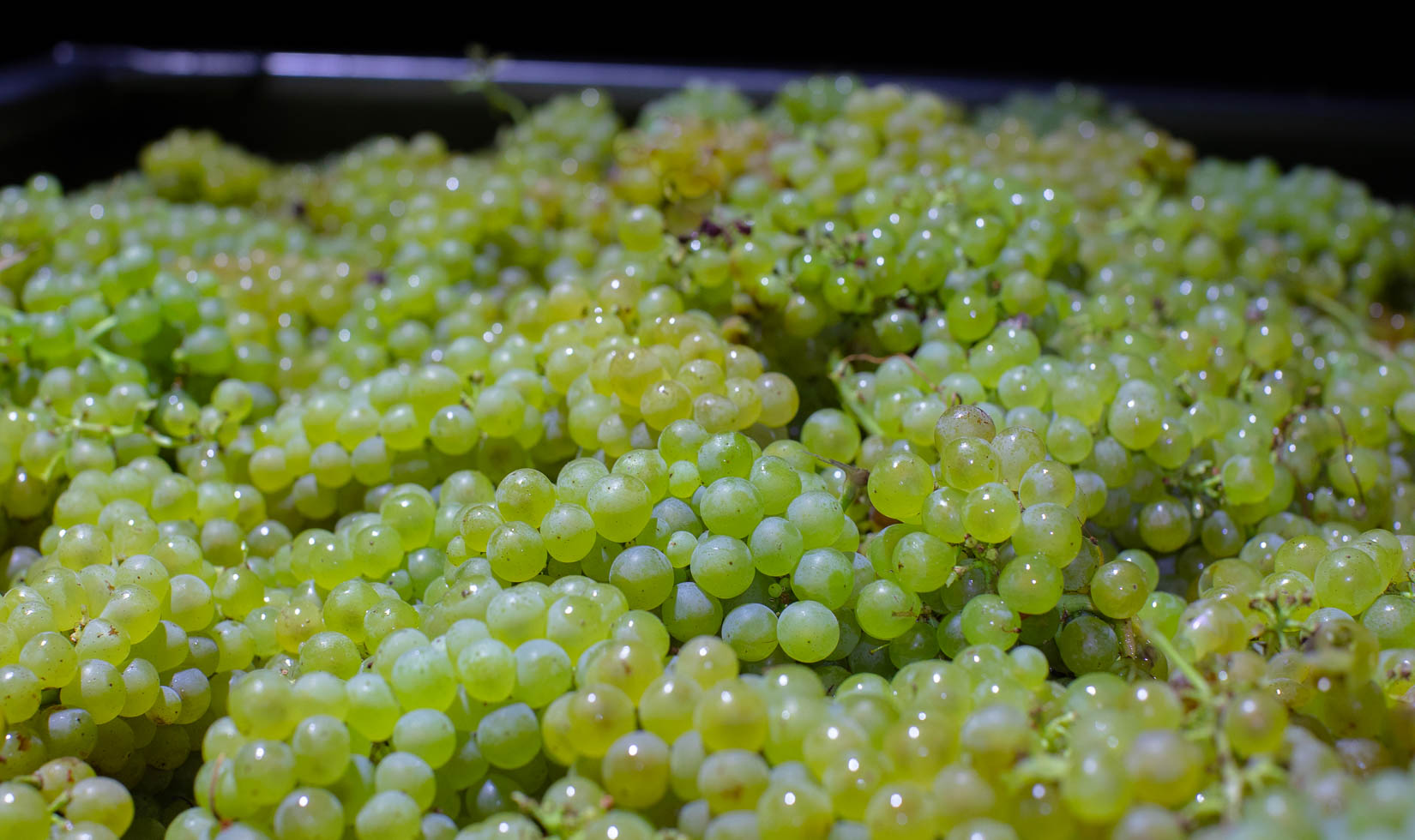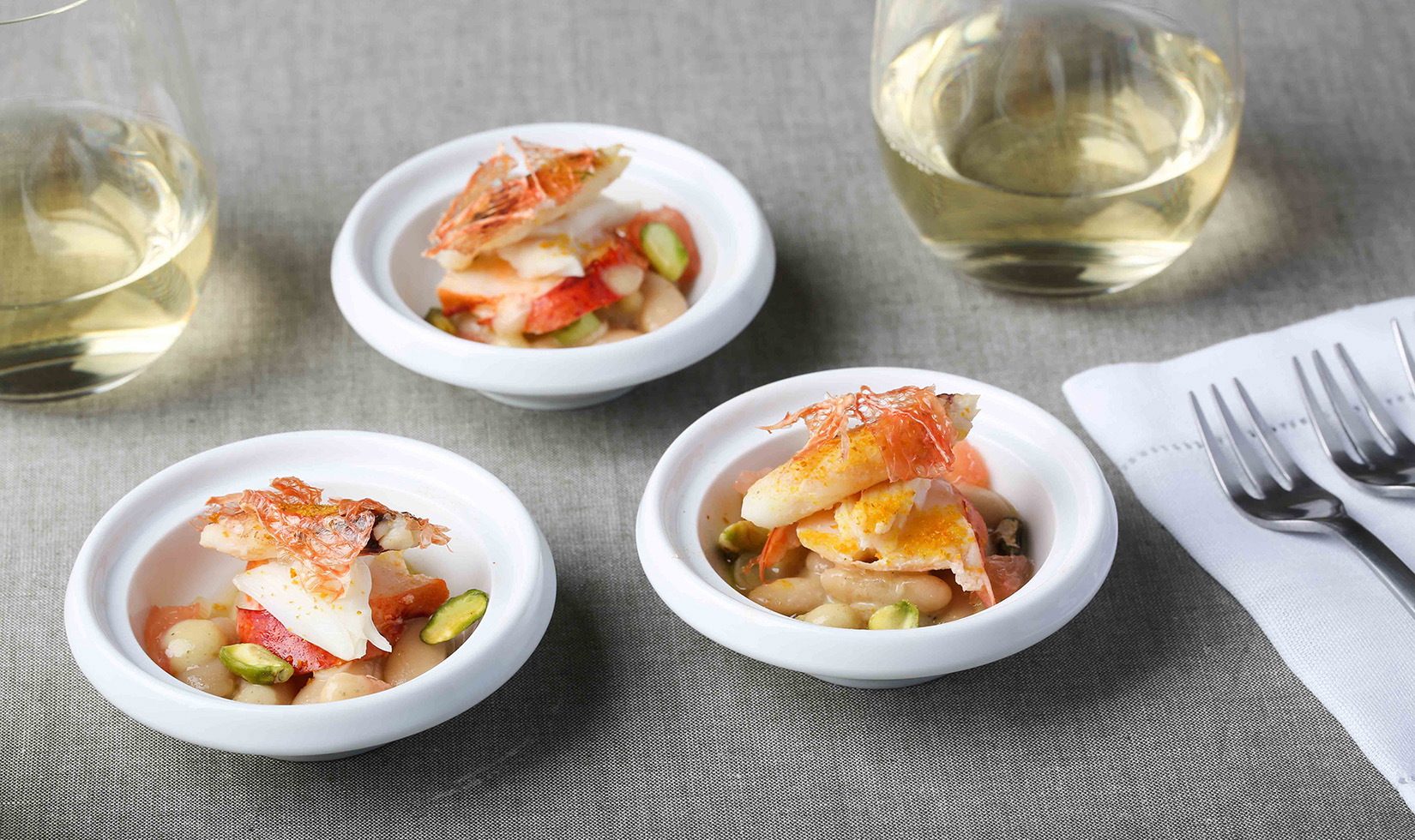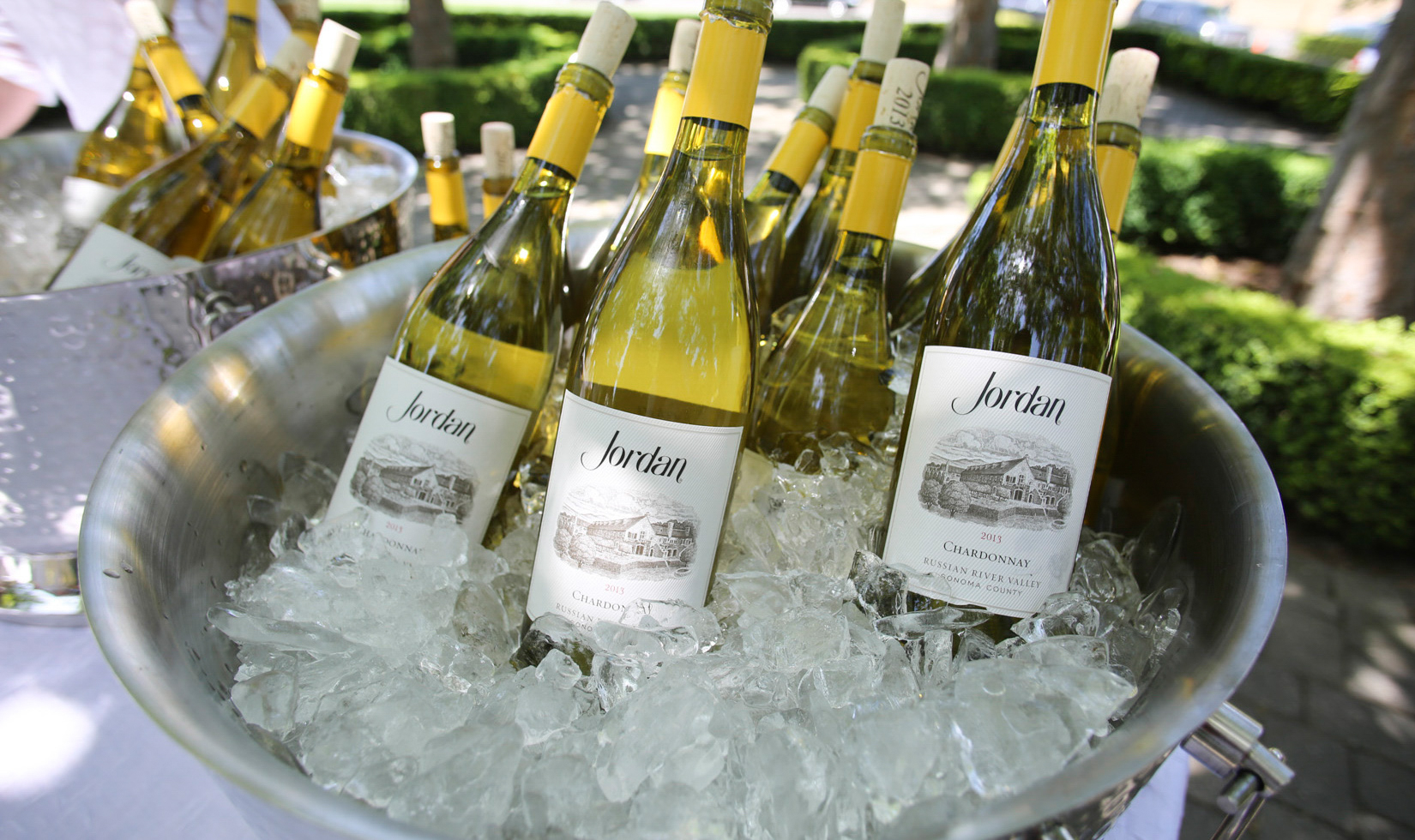
Types of White Wine: A Complete Guide
Light and delicate, there’s nothing like an exceptional glass of white wine. An ideal choice for a relaxing summer afternoon or elegant dinner party, white wines are versatile, refreshing and pair well with food. But with so many types of white wine to choose from, which bottle is sure to be your next favorite?
Whether you’re craving a bright chardonnay or a tropical sauvignon blanc, the world of white wine offers a wide range of choices for you to enjoy. And while you may be familiar with some of the most popular types of white wine, there just might be a few phenomenal white wines you’ve yet to discover.
Keep reading to uncover everything you need to know about white wine.

A Complete Guide to the Types of White Wine
First things first: what is white wine?
White wine is wine most commonly made with green or yellow grapes. Occasionally, red grapes are used for white wine via a winemaking process that separates the red grape skins from the interior.
These wines can range from sweet and creamy to crisp and dry with little to no residual sugar. They often highlight acidic, floral or fruit-forward flavors and are much more subtle wines than their red counterparts.
Most Popular Types of White Wines
White wine has existed for thousands of years, and there are easily hundreds of different types of white wine that have emerged through the exploration, curiosity and discovery of winemakers across the globe. However, there are a few types that stand above the rest – wines that you’ve likely seen on dinner tables and wine shop shelves.
Chardonnay
The most widely planted grape for white wines, chardonnay is often considered to be the most popular white wine of all. It’s an exceptionally diverse wine, as chardonnay can be crafted in either an oaked or unoaked style – each yielding quite different results.
Unoaked chardonnay is bright and crisp, resembling a fuller sauvignon blanc. It often features citrus and herbal flavors, and has a high minerality.
Oaked chardonnay, on the other hand, is richer, with almost a toasty flavor as a result of being oak aged. While oaked chardonnay is still a fruit-forward wine, it may highlight richer fruit flavors of mango and peach in addition to having a warm, buttery nature with hints of vanilla. Chardonnay can also be crafted into a sparkling wine.
Sauvignon Blanc
If you want a wine with extremely high acidity, sauvignon blanc is your best choice. A crisp, dry and refreshing white wine, this aromatic selection is one of the oldest white wines – and still one of the most beloved.
Zesty and bright, the tasting notes of sauvignon blanc depend on the climate of its grapes. Cool climate sauvignon blanc wines lean into vibrant herbal flavors, with hints of citrus and green bell pepper. Warm climate sauvignon blanc, however, features tropical fruit flavors like passionfruit and mango.
Pinot Grigio
Also known as pinot gris, pinot grigio is one of the few white wines made from red grapes. While often light and zesty, pinot grigio can also be crafted into a full-bodied white wine, and even rosé wines. Its versatility is one of the reasons that it’s so beloved by winemakers – the sky’s the limit with pinot grigio grapes.
Pinot grigio can be a dry wine or a sweet wine, depending on when its grapes are harvested and whether or not they have been affected by noble rot. It’s a less acidic wine than chardonnay or sauvignon blanc, with a great depth. When tasting pinot grigio, you may notice citrus, floral and green apple flavors in light, dry expressions and peach, honey and ripe pear flavors in later harvest wines that make the wine taste sweet.
Pinot Blanc
A member of the pinot grigio family, pinot blanc wines may not get as much attention as their red grape counterparts, but are uniquely exceptional all on their own. These dry wines have a medium to high acidity and a phenomenal texture that is improved with aging.
Pinot blanc is a subtle wine, one that often carries notes of apple, pear and peach. Uniquely, an aged bottle of pinot blanc can also take on smokier notes that aren’t as often associated with white wines, like graphite and roasted almond.
Riesling
If you love an aromatic white wine like sauvignon blanc, you’ll probably also gravitate toward riesling. Riesling is an extremely acidic white wine that can range from the driest of dry wines to incredibly sweet wines. It’s a light-bodied wine with great versatility, making it a trusted choice to be served with food.
While rieslings with a particularly crisp acidity may favor notes of more mineral, herbal and floral flavors, riesling is most heavily associated with notes of orchard fruits. Apple, pear and peach all may shine through a good glass of riesling, with sweeter rieslings also featuring notes of honey. Oddly enough, one of the indicators of a high-quality bottle of riesling is notes of petroleum, which is an indicator of a proper fermentation process and good aging.
Moscato
Also known as muscat or muscat blanc, this light-bodied white wine may be low in alcohol content, but it’s high in flavor. There are several prominent styles of moscato wines, with both still and sparkling moscatos, and while moscato is famously a sweet wine, they can be taken a step further when crafted specifically as dessert wines.
Moscato wines are bursting with vibrant fruit flavors, with notes of lemon, mandarin orange, pear, peach, passion fruit and honeysuckle. Creamy moscatos may also carry hints of vanilla. These sweet wines are often a favorite of new wine drinkers who are still getting accustomed to wine as they’re easy on the palate. Moscato pairs well with dessert, but its sweet flavors also compliment spicy foods well, such as dishes from Indian or Thai cuisine.
Chenin Blanc
Typically known to be a light-bodied white wine, oak-aged chenin blancs have begun to rise in popularity in recent years, creating much richer wines than are standard for chenin blanc. However, the range of options remains, and delicate, pale chenin blancs are still beloved by many across the globe. The versatility of chenin blanc grapes allows for an expanse of winemaking options, making it a staple white wine.
No matter how it’s crafted, chenin blanc always delivers a zingy acidity that’s hard to beat. Apple and quince are standard tasting notes brought out by these white grapes, with sweet wines verging into the tropical fruit tasting notes like orange and pineapple, honey and nut flavors emerging the more the wine is aged in oak barrels.

More White Wines to Add to Your List
Beyond the most popular selections, there are a vast array of white wines to explore. Here are a few more of our team’s favorite types of white wine:
- Albariño – A lighter wine, expect complex flavors of citrus and stone fruits in each aromatic glass of albariño.
- Chablis – Crisp and tangy, chablis is a moderately acidic wine featuring unique flavors of starfruit, lime and quince.
- Grenache Blanc – With high alcohol content and low acidity, grenache blanc is a dry white wine famous for green fruit flavors with herbal notes.
- Sémillon – Frequently used as a blending component, sémillon stands alone beautifully as well, often oaked for a rich honeyed flavor.
- Viognier – Few white wines are described as being spicy, but viognier stands in a class of its own with rich, luscious flavors and smoky aromas.
- Sauternes – The go-to choice for many fans of sweet white wines and dessert wines, sauternes is a delight to the palate with notes of butterscotch, mango, caramel, coconut and honeysuckle. We love the 2022 Jordan Sauternes.

FAQs: Everything You Need to Know About White Wine
Still curious about the world of white wine? Here are a few of our most frequently asked questions.
How important is it to serve white wine in white wine glasses?
To enjoy your wine drinking experience to the fullest, it is always best to serve white wine in white wine glasses. The smaller bowl of a white wine glass allows the wine’s aromas to be more clearly articulated, and the long stem keeps wine cool and more temperature-controlled.
Where are white wine grapes grown?
White wine grapes are grown all around the world. France (specifically Burgundy and the Loire Valley), Australia, Germany, Italy, Spain and Portugal all produce white wine grapes, and here in California, you can find some of the best white wine grapes right here in Sonoma.
What are the best white wine food pairings?
Unlike red wine, white wines tend to be best served with light, delicate flavors. Grilled fish, light salads, creamy pastas and goat cheese are all ideal pairings for white wine, along with fruit-centric sweet desserts like strawberry shortcake or white peach cobbler.

Experience the Best Sonoma Chardonnay at Jordan Winery
With so many different types of white wine to choose from, deciding on a favorite feels nearly impossible – but if we were hard pressed, we’d land on chardonnay every time. This exceptional white wine is an ideal choice for food pairing, and offers a wide range of expressions that never disappoint. To experience a Chablis-style chardonnay in Sonoma, explore Jordan Winery’s library of balanced, elegant Russian River Valley chardonnay. Not your typical California chardonnay, Jordan’s collection features crisp fruit flavors, bright acidity and a gorgeous lingering finish that honors the legacy of Burgundy wines in a uniquely Sonoma way.



